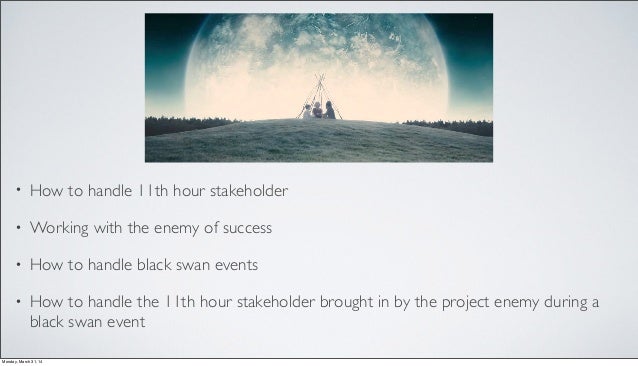
 Drupal has no vendor tie-in and no licence fees. IA, user centred design, user testing and Alpha rapid prototyping. Drupal multilingual publishing and Welsh Language Standards compliant. Drupal UK cloud hosting options, fully managed, public or private. Powerful search options including Apache Solr, Funnelback and Elasticsearch. Drupal content versioning, audit and rollback. Drupal mobile and web browser site admin and editing. Drupal 7, Drupal 8 and Drupal 9 deployment and configuration. Drupal consultancy, digital services and websites. Mobile, accessible and designed around user’s needs. Drupal content management system is open-source, easy to use, yet powerful. S8080's compliant Drupal platform securely handles multilingualism, CRM, integrations, single sign-on, forms and workflow. It is easy to filter and sort the media by various criteria, as well as select particular items to do actions with them (delete, publish, save, unpublish).ISO27001 certified Drupal platform and Drupal upgrades - Drupal cloud hosted CMS for digital services and websites. The new Drupal 8 Media Library interface can display your media in the Gridview and in the Table view From the admin dashboard “Content -> Add content -> Article” for Image fieldĢ.Directly from the “Media” tab in “Content” where you will see the entire Media Library with all media that you have added. It is time to add some media of the available types. Next, we have to select a Reference type of media as shown in the below image. Now we can use this as an entity reference for any field.įor example, here we will create a field for Images as Media type as shown in the below. Once we enable the module now we can see that the Media types are part of the site’s structure, which has 5 types - Audio, Image, Remote video, File and video. Here are the steps to enabling and using the Drupal 8 Media module- Step1:įirst we have to go to Extend tab and enable the Media and Drupal 8 Media library module as shown in the below image. The Drupal 8 Media module ships with Drupal 8 core but you will need to enable it first to be able to use it. You can also add fields to media types and create your own media types based on your selected media source. Drupal 8 Media entity module is now in core. When you enable the Drupal Media module, these Media types are created automatically. For example, an Image media type will come with a different set of features that can be modified (like dimensions) when compared to a video embed with a URL media type. However, with Drupal 8 Media entity, every media type is different. Media types are to Drupal 8 media entity as Content types are to nodes. The concept of Media entities is similar to that of Nodes.
Drupal has no vendor tie-in and no licence fees. IA, user centred design, user testing and Alpha rapid prototyping. Drupal multilingual publishing and Welsh Language Standards compliant. Drupal UK cloud hosting options, fully managed, public or private. Powerful search options including Apache Solr, Funnelback and Elasticsearch. Drupal content versioning, audit and rollback. Drupal mobile and web browser site admin and editing. Drupal 7, Drupal 8 and Drupal 9 deployment and configuration. Drupal consultancy, digital services and websites. Mobile, accessible and designed around user’s needs. Drupal content management system is open-source, easy to use, yet powerful. S8080's compliant Drupal platform securely handles multilingualism, CRM, integrations, single sign-on, forms and workflow. It is easy to filter and sort the media by various criteria, as well as select particular items to do actions with them (delete, publish, save, unpublish).ISO27001 certified Drupal platform and Drupal upgrades - Drupal cloud hosted CMS for digital services and websites. The new Drupal 8 Media Library interface can display your media in the Gridview and in the Table view From the admin dashboard “Content -> Add content -> Article” for Image fieldĢ.Directly from the “Media” tab in “Content” where you will see the entire Media Library with all media that you have added. It is time to add some media of the available types. Next, we have to select a Reference type of media as shown in the below image. Now we can use this as an entity reference for any field.įor example, here we will create a field for Images as Media type as shown in the below. Once we enable the module now we can see that the Media types are part of the site’s structure, which has 5 types - Audio, Image, Remote video, File and video. Here are the steps to enabling and using the Drupal 8 Media module- Step1:įirst we have to go to Extend tab and enable the Media and Drupal 8 Media library module as shown in the below image. The Drupal 8 Media module ships with Drupal 8 core but you will need to enable it first to be able to use it. You can also add fields to media types and create your own media types based on your selected media source. Drupal 8 Media entity module is now in core. When you enable the Drupal Media module, these Media types are created automatically. For example, an Image media type will come with a different set of features that can be modified (like dimensions) when compared to a video embed with a URL media type. However, with Drupal 8 Media entity, every media type is different. Media types are to Drupal 8 media entity as Content types are to nodes. The concept of Media entities is similar to that of Nodes. 
With this module, you can add/embed different kinds of media to your website content, save them in the Drupal 8 Media Library, embed videos with a URL, and more. The Drupal Media module lets you manage media files and assets regardless of where they are hosted.

The Drupal 8 Media module is often called as a ‘File browser to the internet’. The release of Drupal 8.4 saw the inclusion of many media features like the Drupal Media module and Media Library in core.

The Drupal 8 Media module lets you manage your media elements easily and systematically. work wonders in creating better and compelling digital experiences. Media like images, videos, audio, slideshows, etc. Adding media content to a website instantly turns it into an engaging and attractive one.








 0 kommentar(er)
0 kommentar(er)
